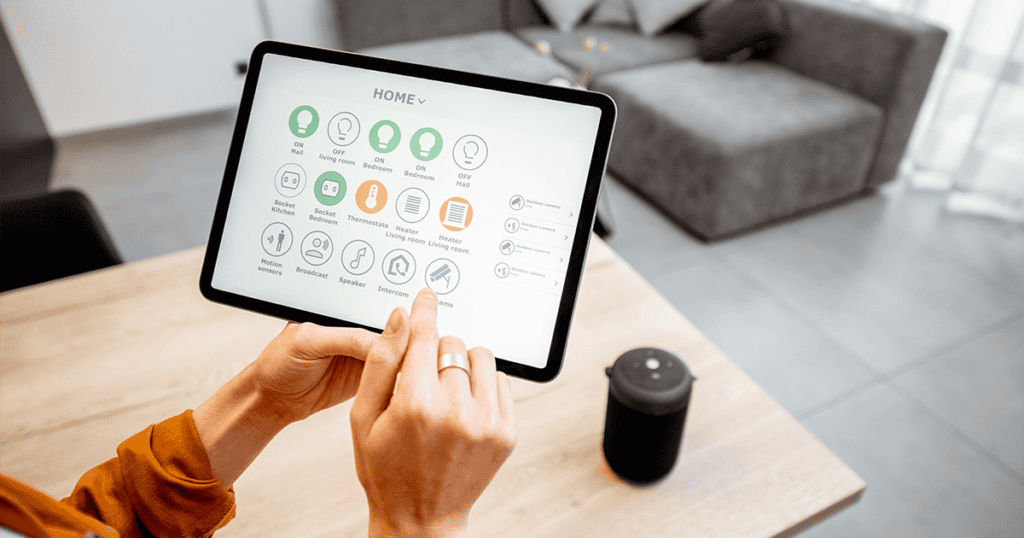As Apple prepares to debut its proprietary 5G modem in the iPhone SE 4, scheduled for release in early 2025, the tech industry is abuzz with speculation and anticipation. This move is seen as a significant step for Apple, which has long relied on Qualcomm for modem technology. The new modem, set to integrate multiple functionalities—including 5G, Wi-Fi, Bluetooth, and GPS—into a single chip, aims to enhance device performance and efficiency. However, the development process has been challenging, with industry insiders noting that Apple’s modem may lag behind Qualcomm’s technology by three years.
This article will explore the expected features, development challenges, and market implications of Apple’s new 5G modem, and what this technological advancement means for the future of mobile connectivity.
An Overview of Apple’s 5G Modem Development
Apple’s development of an in-house 5G modem has been a long time in the making, beginning as early as 2018 when the company initiated its quest to reduce its dependence on Qualcomm. The new modem is expected to debut in early 2025 with the release of the iPhone SE 4, a lower-cost model that will serve as the initial testing ground for Apple’s proprietary modem.
The first version of Apple’s 5G modem will focus on sub-6GHz 5G technology, which offers a longer range but slower speeds compared to mmWave 5G. Apple will likely continue relying on Qualcomm for mmWave technology, at least in the initial stages of the modem’s rollout.
Key Development Milestones:
- 2018: Apple initiates in-house 5G modem development.
- 2019: Apple acquires Intel’s smartphone business to accelerate modem production.
- 2025: The first Apple 5G modem is expected to be released in the iPhone SE 4.
This strategic move to create its own modem is expected to provide Apple with tighter hardware-software integration, which could lead to enhanced device performance and user experience. But, the path to this point has not been smooth.
Expected Features of Apple’s 5G Modem
Apple’s custom 5G modem is poised to introduce several key features aimed at improving connectivity and device performance. With a focus on reducing power consumption and increasing hardware-software integration, the modem could set a new standard in mobile technology. Some of the standout features include:
- Multi-Function Integration: The modem will consolidate 5G, Wi-Fi, Bluetooth, and GPS into a single chip, streamlining device architecture and reducing component count.
- Focus on Sub-6GHz 5G: The initial version of the modem will prioritize sub-6GHz 5G, which offers greater range but slower speeds compared to mmWave.
- Lower Power Consumption: Apple’s focus on power efficiency is expected to lead to improved battery life across devices using the new modem.
- Enhanced Security: With security being a growing concern, the modem will likely feature hardware-level security measures to protect user data and privacy.
These features aim to provide users with a seamless, efficient, and secure experience, but they also highlight Apple’s vision of tighter integration between its hardware and software ecosystems.
Performance Impact on Apple Devices
Apple’s 5G modem is expected to bring significant performance improvements, especially in terms of connectivity and battery life. The integration of multiple functions into one chip will reduce the need for separate components, which could result in better overall efficiency and faster response times for users.
Key Performance Benefits:
- Optimized for Apple Chips: The new modem is expected to work seamlessly with Apple’s A-series and M-series processors, enhancing overall device performance.
- Improved Connectivity: Sub-6GHz 5G will ensure better coverage in areas where mmWave is not widely available, although speeds may not match those offered by Qualcomm’s top-tier modems.
- Extended Battery Life: By focusing on lower power consumption, Apple aims to reduce the drain on battery life during extended periods of use.
For users, this means that while the new modem may not offer groundbreaking speed improvements immediately, it will significantly improve reliability and efficiency, particularly in rural or suburban areas where mmWave is not prevalent.
Development Challenges Apple Faces
Developing a 5G modem is no small feat, and Apple has faced several hurdles in its attempt to produce a modem that can compete with Qualcomm’s offerings. Despite acquiring Intel’s smartphone modem business in 2019, Apple has reportedly struggled with technical challenges that have delayed progress.
Key Challenges:
- Performance Gap: Prototypes of Apple’s 5G modem are said to be lagging behind Qualcomm’s by approximately three years, making it difficult for Apple to compete in terms of speed and efficiency.
- mmWave Limitations: While Apple’s modem will support sub-6GHz 5G, it is expected to rely on Qualcomm for mmWave technology, at least in the early stages of its modem rollout.
- Complexity of Modem Design: Designing a high-performance modem requires a deep understanding of the technology, and Apple’s ambition to match Qualcomm’s performance levels has proven more difficult than anticipated.
The challenges highlight the complexity of developing a world-class modem and underscore why Apple is still reliant on Qualcomm for certain aspects of its 5G technology.
Apple’s Relationship with Qualcomm
Despite its plans to develop its own 5G modem, Apple remains dependent on Qualcomm for the time being. The two companies reached a settlement in 2019 following a bitter legal dispute over patent licensing, with Apple agreeing to pay Qualcomm between $5 billion and $6 billion as part of the settlement.
Current Agreement: Apple has a licensing deal with Qualcomm that extends through March 2027, allowing it to continue using Qualcomm modems until it can fully transition to its own modem technology.
While Apple strives to break free from Qualcomm’s influence, it still relies heavily on Qualcomm’s technology, particularly for mmWave 5G connectivity in the U.S. market.
Timeline for the 5G Modem Rollout
The rollout of Apple’s custom 5G modem will begin with the iPhone SE 4 in early 2025, with plans to gradually expand to other devices. Here is the projected timeline:
- Early 2025: iPhone SE 4 becomes the first Apple device with the in-house 5G modem.
- Mid-2025: Second device featuring the Apple 5G modem is expected.
- 2026: Apple plans to ship 90-110 million iPhones with its 5G modem.
- 2027: Apple aims to have 160-180 million devices using its custom modem.
This phased rollout allows Apple to test its modem on lower-volume devices before expanding to its flagship iPhone models.
Future Market Implications
Apple’s development of a 5G modem has the potential to disrupt the market and reduce its reliance on Qualcomm. Should Apple succeed in creating a high-performing modem, it could lead to reduced licensing fees, increased profit margins, and tighter integration across its devices.
Market Shifts:
- Cost Savings: Apple could save billions annually by moving away from Qualcomm’s expensive licensing fees.
- Competitive Pressure: Qualcomm and other modem manufacturers may be forced to innovate further to compete with Apple’s proprietary solution.
- Consumer Benefits: As competition heats up, consumers could benefit from better technology at lower prices.
This development could herald a new era in mobile connectivity, where Apple’s modem sets new industry standards and reshapes market dynamics.




